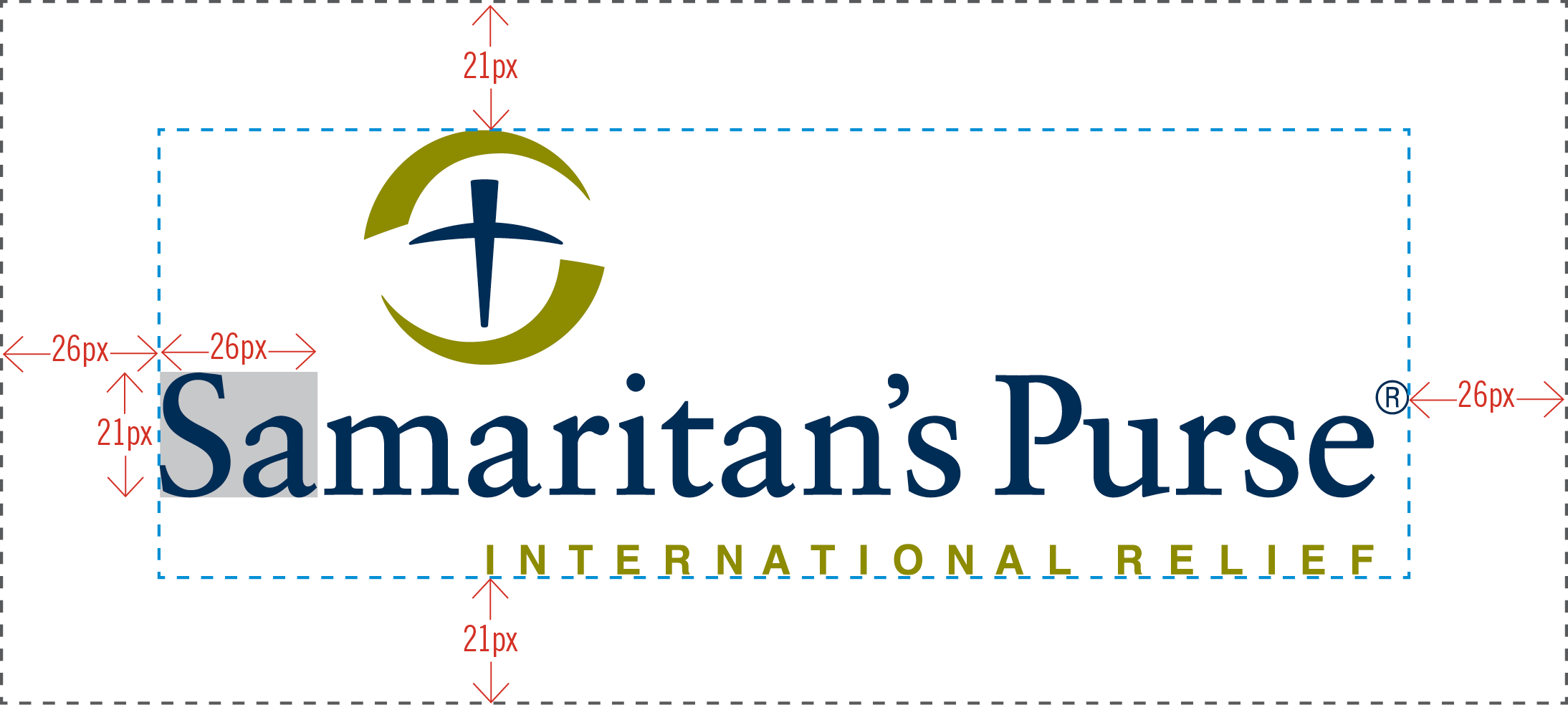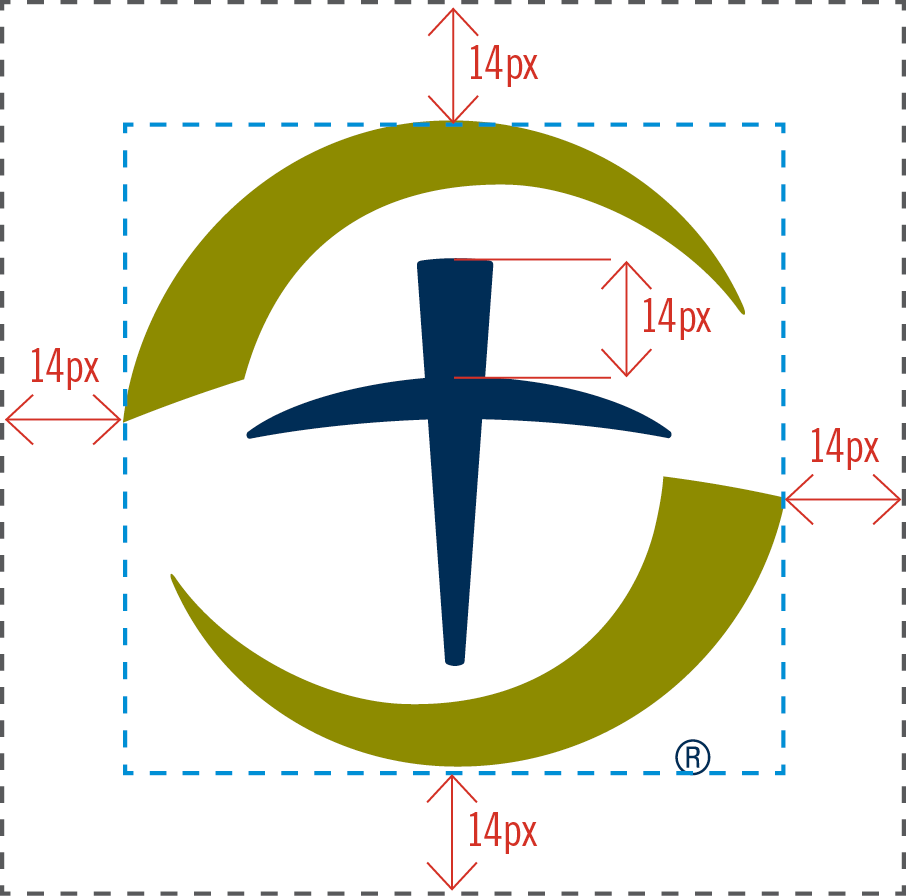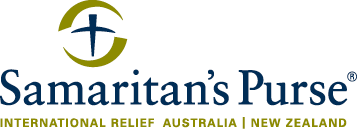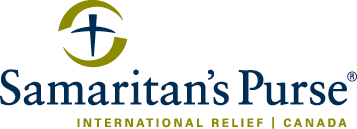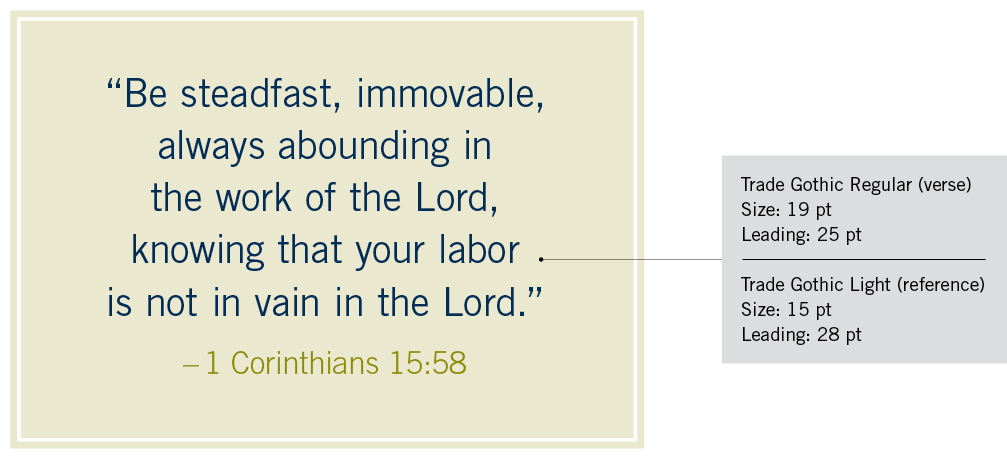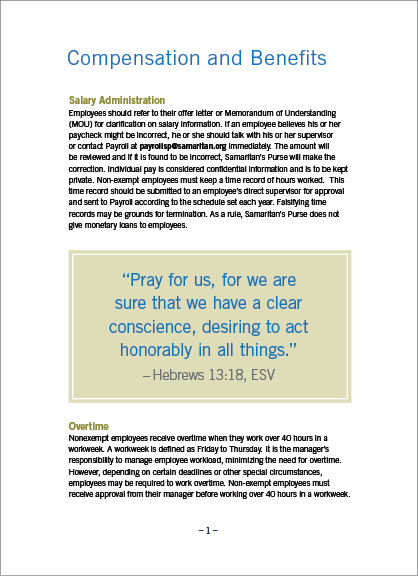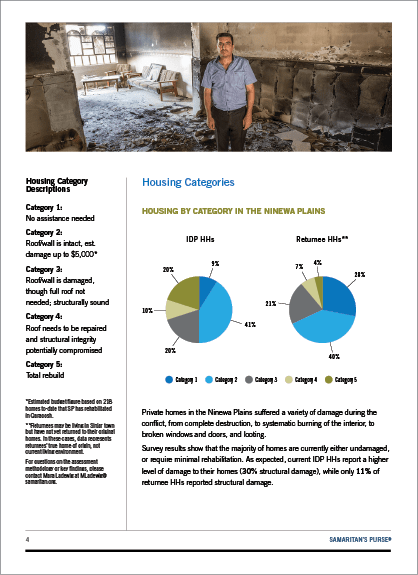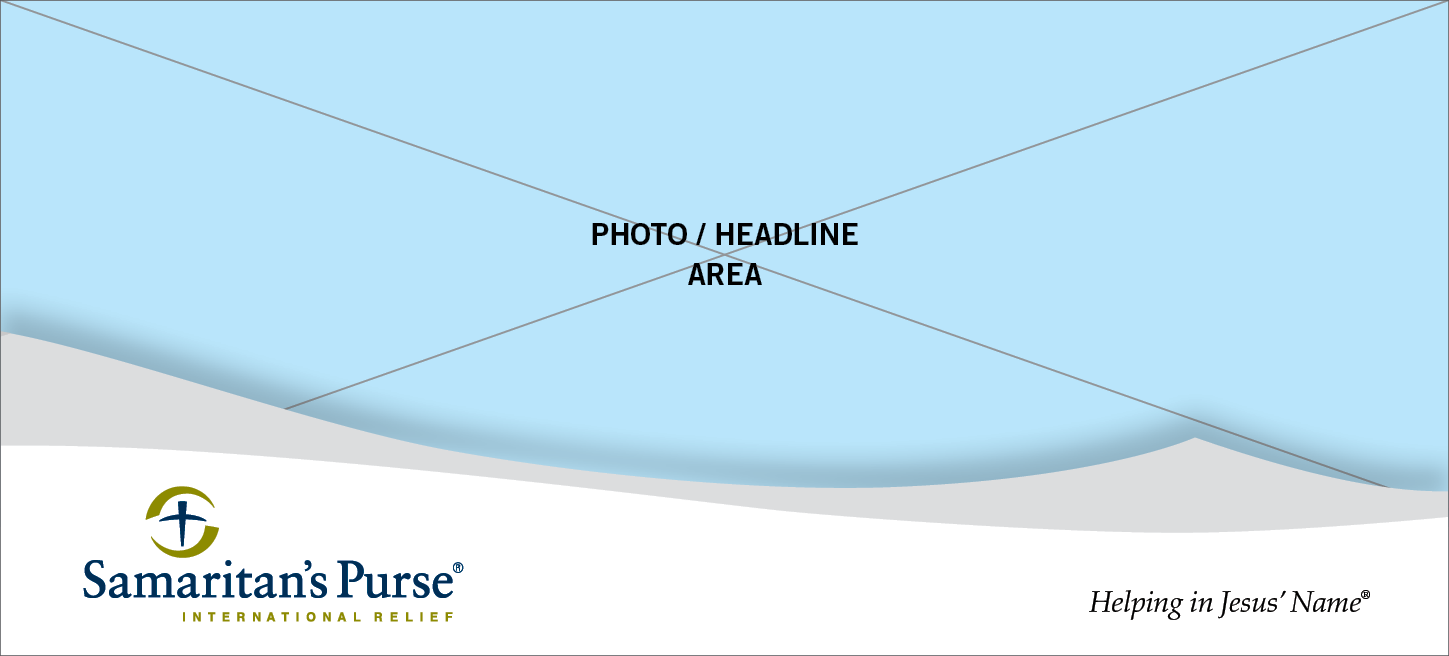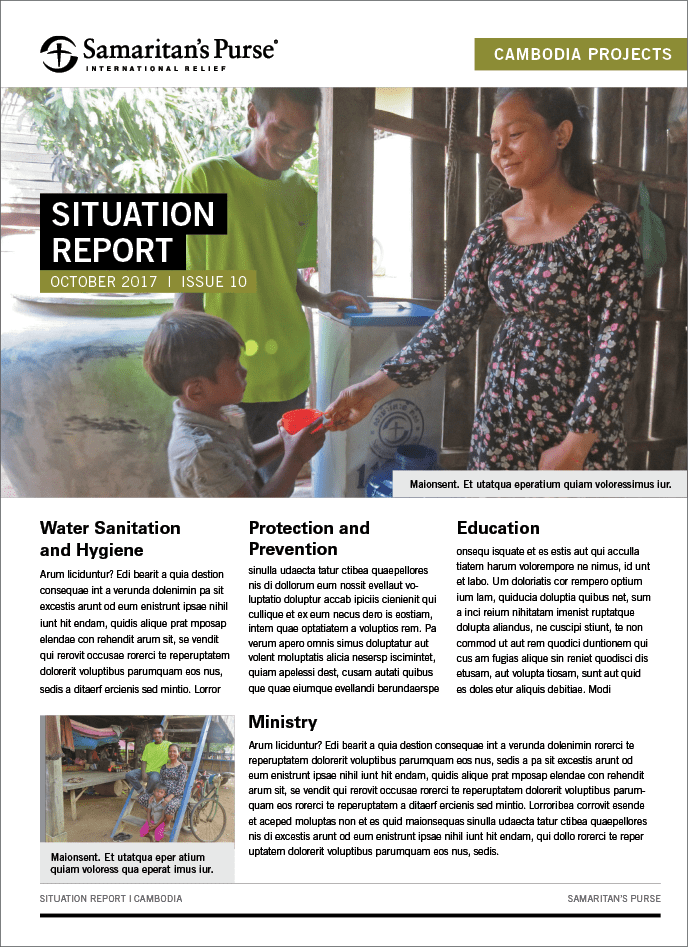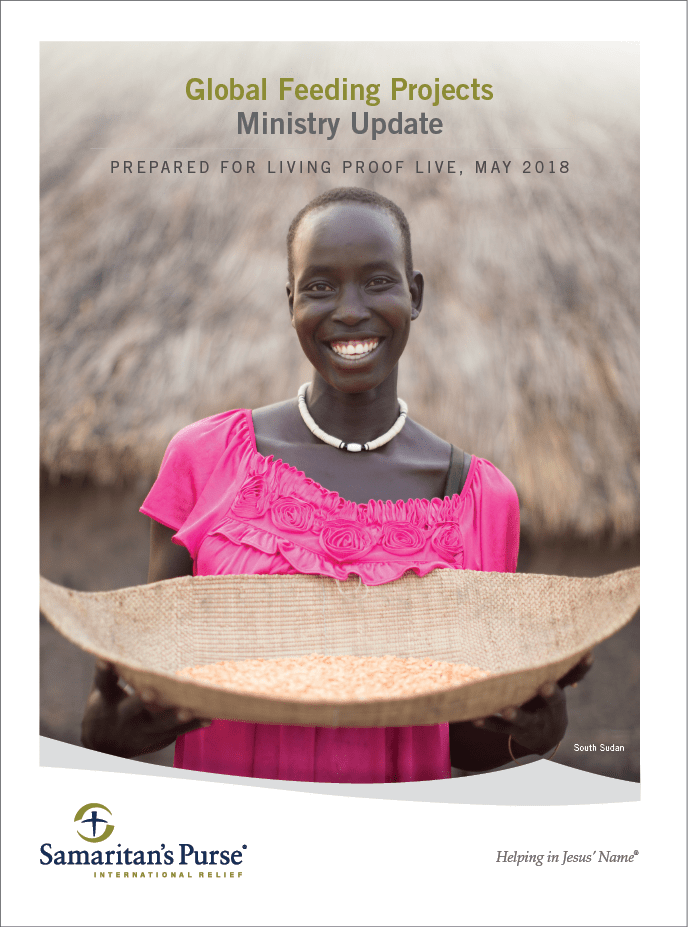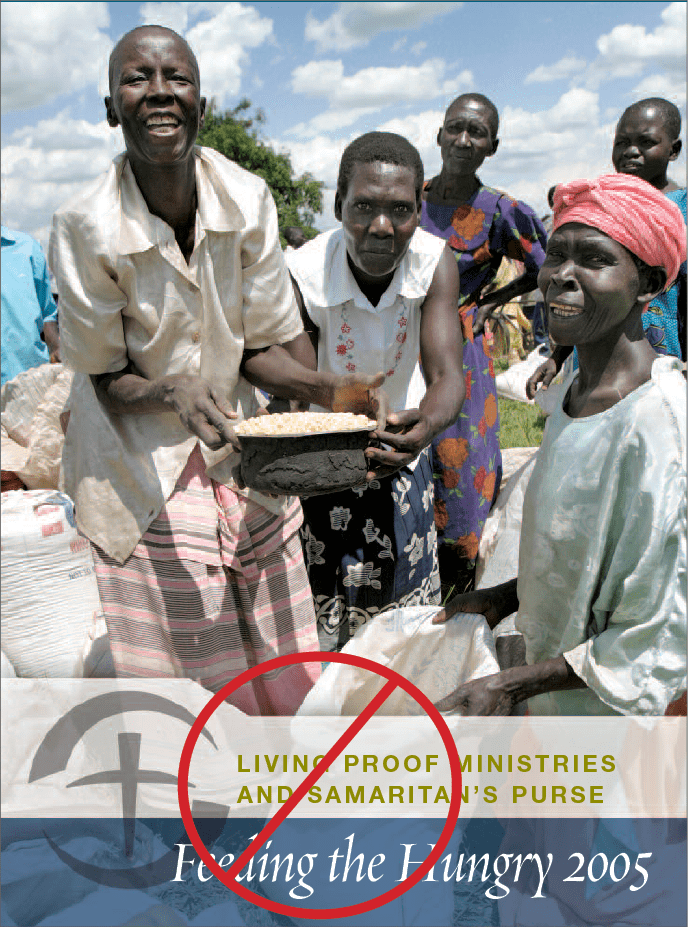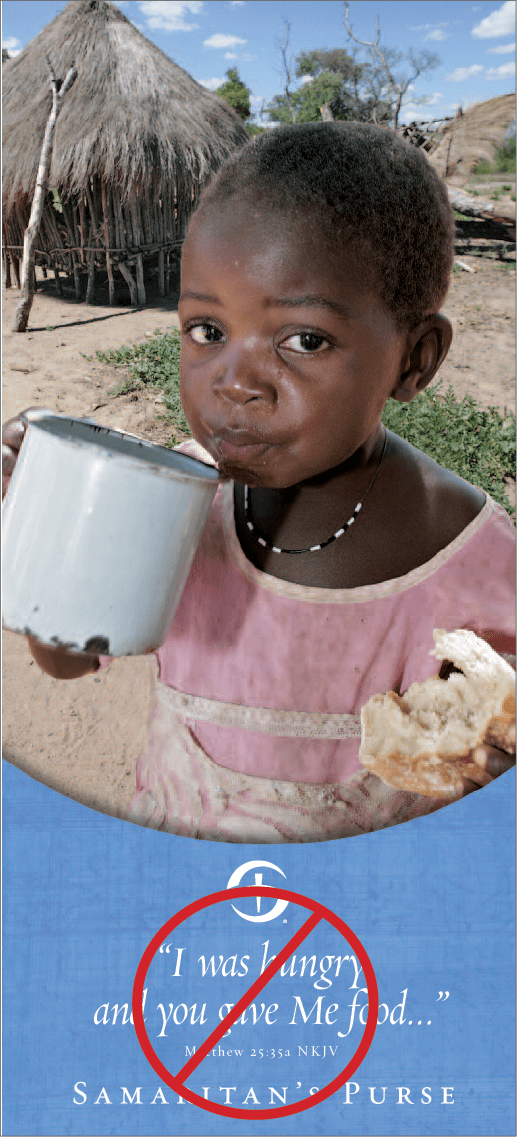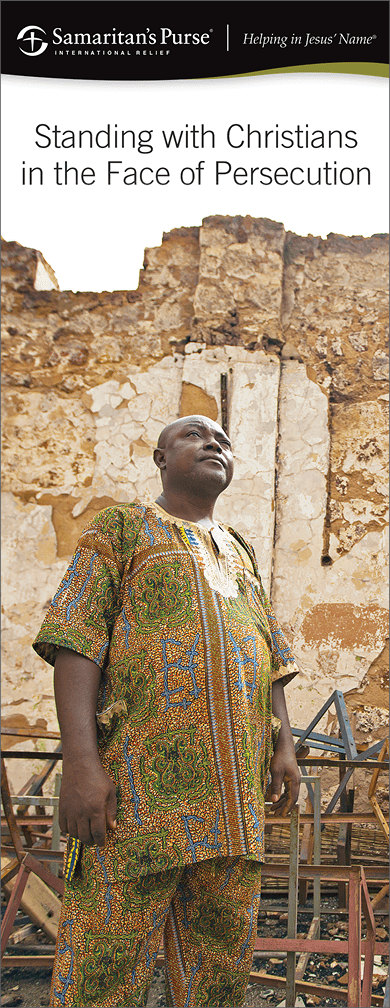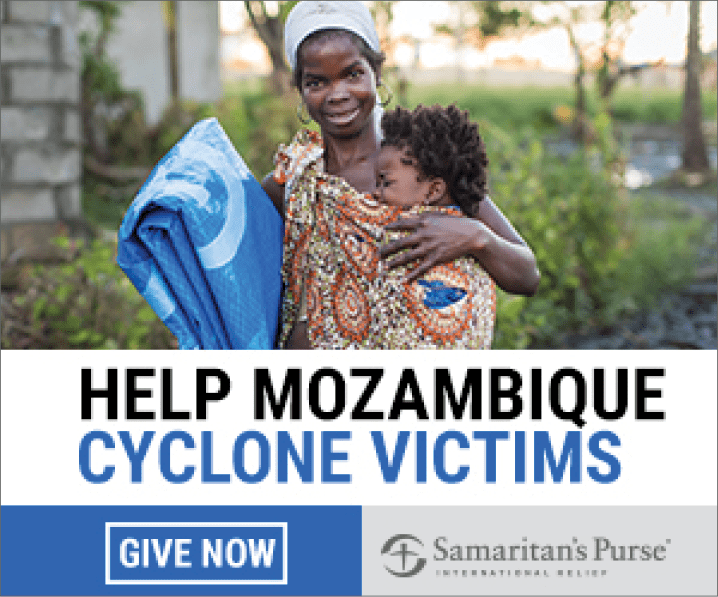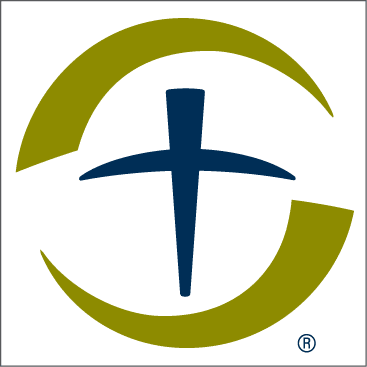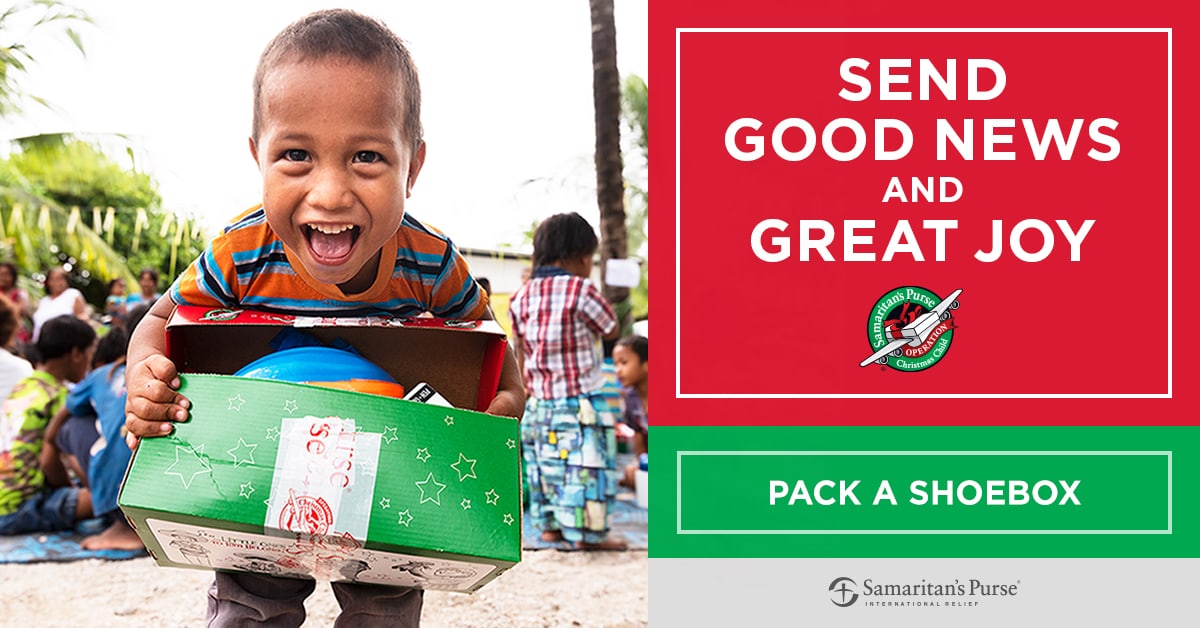Graphic design representing Samaritan's Purse (SP) is subject to the leadership and guidance of the Communications Department at International Headquarters (IHQ).This oversight includes all visualization of the Samaritan's Purse logo and brand regardless of the audience (internal or external stakeholders) or medium. In addition to being accountable to the Vice President of Communications and the Director of Communications, the department is also accountable to the Vice resident of Quality Assurance in the office of the Chief Executive Officer—Franklin Graham. This accountability includes oversight of the International Affiliate Offices.
Designers in IHQ's Communications Department are the primary audience for this guide, which is a starting point for design and logo use to produce continuity in branding—reinforcing the global brand and visibility, in a professional manner, of the work of Samaritan’s Purse.
The branding-style section is intended solely for use by IHQ Communications Department designers. Original design outside of IHQ‑provided guidance and templates is discouraged and not in accordance with IHQ Quality Assurance policies. However, International Affiliate Offices are approved and equipped to create original design deliverables outside of the IHQ design team using the branding guidelines provided, and with interaction with the Vice President of Communications, as well as the Director of Communications.
An additional PDF consisting solely of logo use guidelines has been provided for International Affiliate Offices to provide to vendors requiring the logo.
This is the digital rendering of Version 2020.2. This version replaces all previous versions of the SP Style Guide. Please disregard all previous versions.

